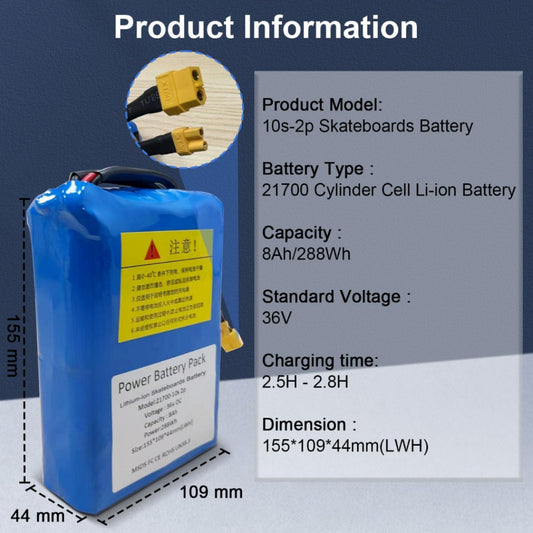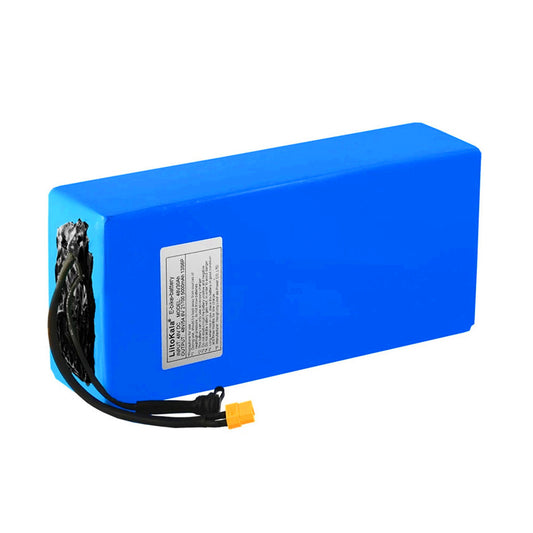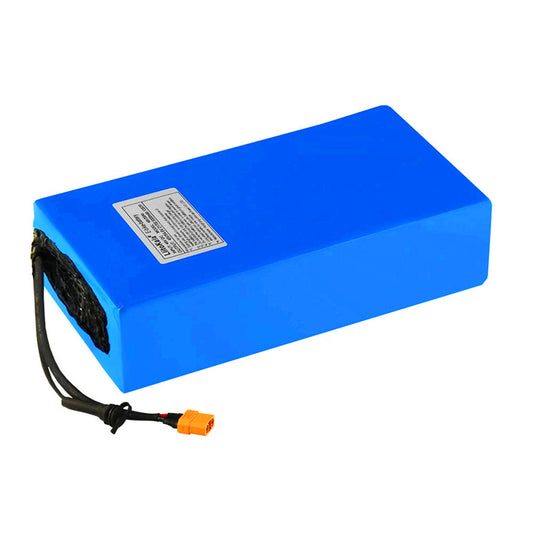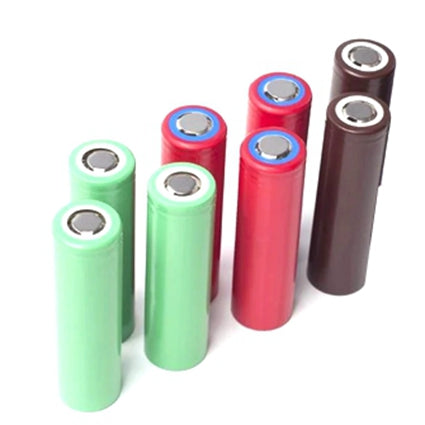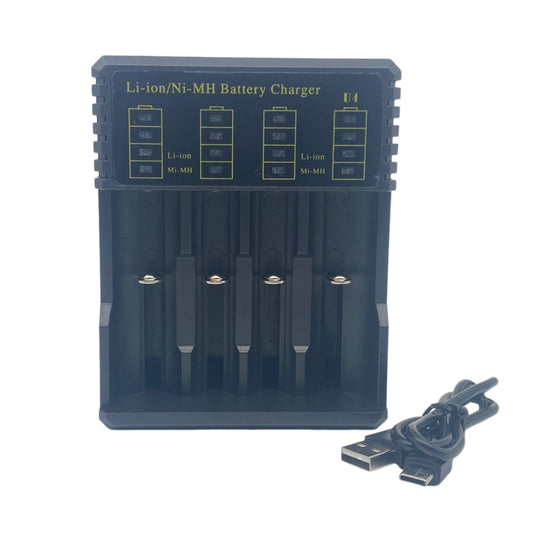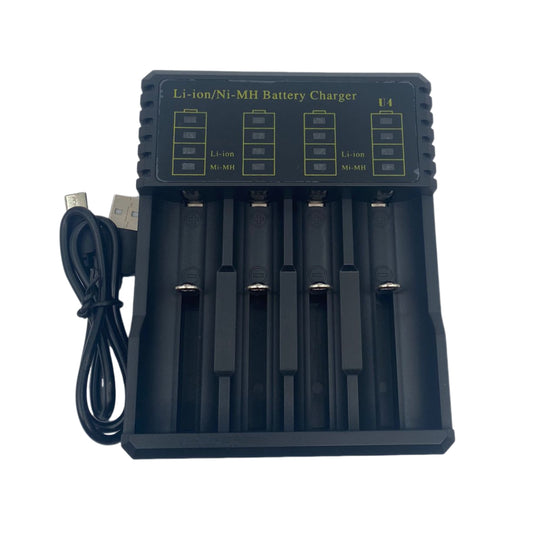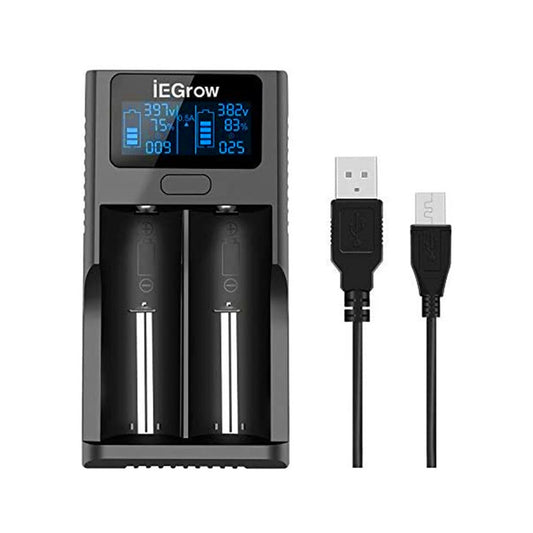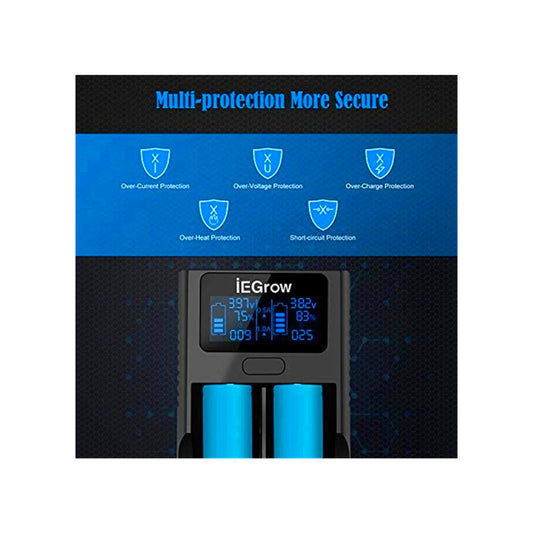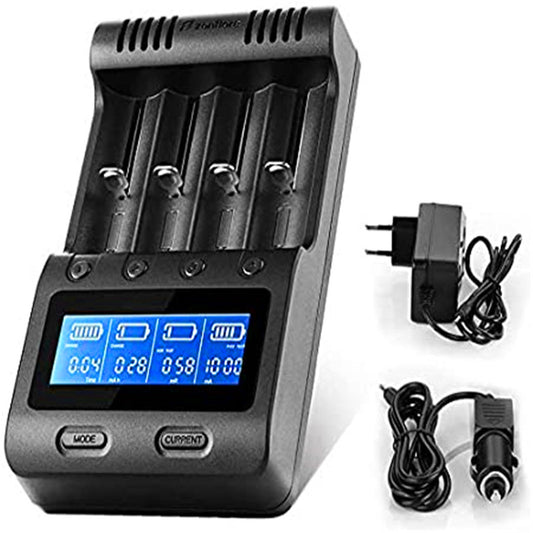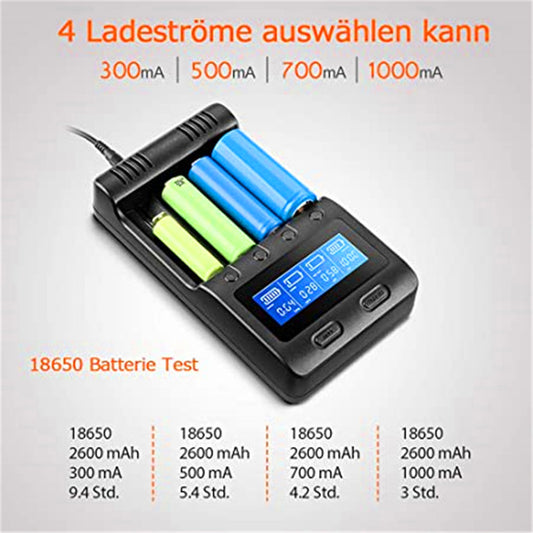26650 and 18650 batteries are both widely used in various devices. Understanding their differences and similarities can help you choose the right lithium battery for your needs. This guide provides a detailed comparison to help you make an informed decision.
What are 26650 Batteries?
26650 batteries are a type of rechargeable lithium-ion battery, known for their larger size with a diameter of 26mm and a length of 65mm. Due to their size, 26650 lithium batteries offer high capacity, making them ideal for devices that require longer runtime, such as flashlights and power tools, compared to smaller batteries.
Advantages of 26650 Batteries
-
Higher Capacity
-
Higher Discharge Rate
-
Better Thermal Management
-
Longer Lifespan
Disadvantages of 26650 Batteries
-
Larger Size
-
Heavier Weight
-
Less Versatile
What are 18650 Batteries?
18650 batteries are another popular type of rechargeable lithium-ion battery, with a standard size of 18mm in diameter and 65mm in length. 18650 rechargeable battery is widely used in many consumer electronics, including laptops, flashlights, and electric vehicles, thanks to the balance of capacity, size, and availability.
Advantages of 18650 Batteries
-
Compact Size
-
Higher Energy Density
-
Versatile
Disadvantages of 18650 Batteries
-
Lower Capacity
-
Lower Discharge Rate
-
Higher Internal Temperatures

What are the Differences between 18650 and 26650 Batteries?
Now, we'll compare 26650 and 18650 batteries based on key factors, including capacity, discharge rate, size, weight, energy density, and versatility.
Size
A 26650 battery typically measures 26mm in diameter and 65mm in length, while an 18650 battery measures 18mm in diameter and 65mm in length.
Capacity
26650 li ion batteries generally range from 3000mAh to 5200mAh or higher, making them ideal for devices that require longer runtime.
On the other hand, 18650 li ion batteries typically have a capacity range of 1800mAh to 3500mAh, providing a moderate capacity for many electronic devices.
Weight
Due to their larger size, 26650 lithium batteries are heavier, which can affect the portability of the devices they power.
And 18650 batteries are lighter, making them more suitable for portable applications.
Voltage
26650 batteries typically have a nominal voltage of 3.6V to 3.7V, with a charging voltage around 4.2V and a discharge cutoff voltage between 2.5V to 3.0V.
18650 lithium batteries, if having the same chemistry, have similar voltage specifications.
Discharge Rate
Due to the larger size and higher capacity, 26650 rechargeable batteries can sustain higher discharge rates, usually supporting continuous discharge rates of 20A to 40A, with some models capable of reaching 50A or more.
In contrast, 18650 batteries, with a smaller size and capacity range of 2000mAh to 3500mAh, generally have lower discharge rates between 10A to 20A, with some high-performance models reaching up to 30A. This makes the 18650 rechargeable battery well-suited for portable consumer electronics where compactness and energy density are important.
Energy Density
26650 lithium ion batteries have lower energy density because their larger size doesn't proportionally increase the energy stored, resulting in less energy per unit of weight or volume. In comparison, 18650 lithium ion batteries have higher energy density due to their compact design, allowing more energy to be stored in a smaller space.
Versatility
26650 batteries are less versatile because they are not as widely used or compatible with as many devices. They are mainly found in high-power applications like flashlights and power tools.
On the other hand, 18650 batteries are highly versatile and widely used in a variety of devices, from laptops to electric vehicles. Their standard size and widespread availability make them compatible with many devices and chargers.
Lifespan
26650 batteries generally last longer because their larger capacity and size allow for better thermal management, reducing wear during charge and discharge cycles, especially in high-drain uses.
Conversely, 18650 batteries have a good lifespan but may wear out faster in high-drain applications due to their smaller size, which can lead to higher internal temperatures. However, they can still last many cycles in moderate-drain situations with proper care.

Are 26650 Batteries Better than 18650 Batteries?
Whether 26650 batteries are better than 18650 batteries depends on your specific needs.
26650 lithium batteries offer higher capacity and discharge rates, making them ideal for high-drain applications.
In contrast, 18650 lithium batteries are more compact, versatile, and widely compatible with many devices, making them better for portable and space-constrained uses.
Where to Buy High quality 26650 and 18650 batteries?
When it comes to finding high-quality 26650 and 18650 rechargeable lithium batteries for sale, BatteryInt is a great choice. We select top brands like MaxAkku, Efest, Panasonic, Samsung, Sony, and Sanyo to ensure you get reliable and efficient batteries for your devices. We hope this article is helpful in guiding you toward the right batteries for your needs between 18650 and 26650 options!
We hope this article is helpful in guiding you toward the right batteries for your need between 18650 and 26650 batteries!
FAQ
Can I Replace 18650 with 26650 Lithium Batteries?
Generally, you cannot directly replace 18650 batteries with 26650 batteries due to size differences. 26650 batteries are larger in diameter and length, so they may not fit into devices designed for 18650 batteries. However, if the device has adjustable or versatile battery compartments that can accommodate the larger size, and the voltage and other specifications match, then it might be possible. Always check your device's specifications and consult the manufacturer before making any substitutions.
Can I Use a 26650 Battery and an 18650 Battery Together?
It is not recommended to use 26650 and 18650 batteries together in the same device, as they have different sizes, capacities, and possibly different discharge rates. Mixing different types or sizes of batteries can cause uneven power distribution, potentially damaging the device or the batteries. Always use batteries of the same type, size, and brand together to ensure safe and optimal performance.
Do All 26650 Batteries Have the Same Size?
While 26650 batteries generally have a standard size of 26mm in diameter and 65mm in length, there can be slight variations between different manufacturers and models. These variations are usually minor and do not affect compatibility with most devices designed for 26650 batteries. However, it's always a good idea to check the specific dimensions and specifications of the batteries and the device to ensure a proper fit.
Related Reading:



